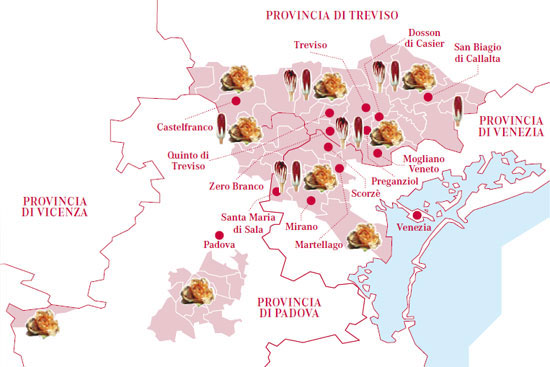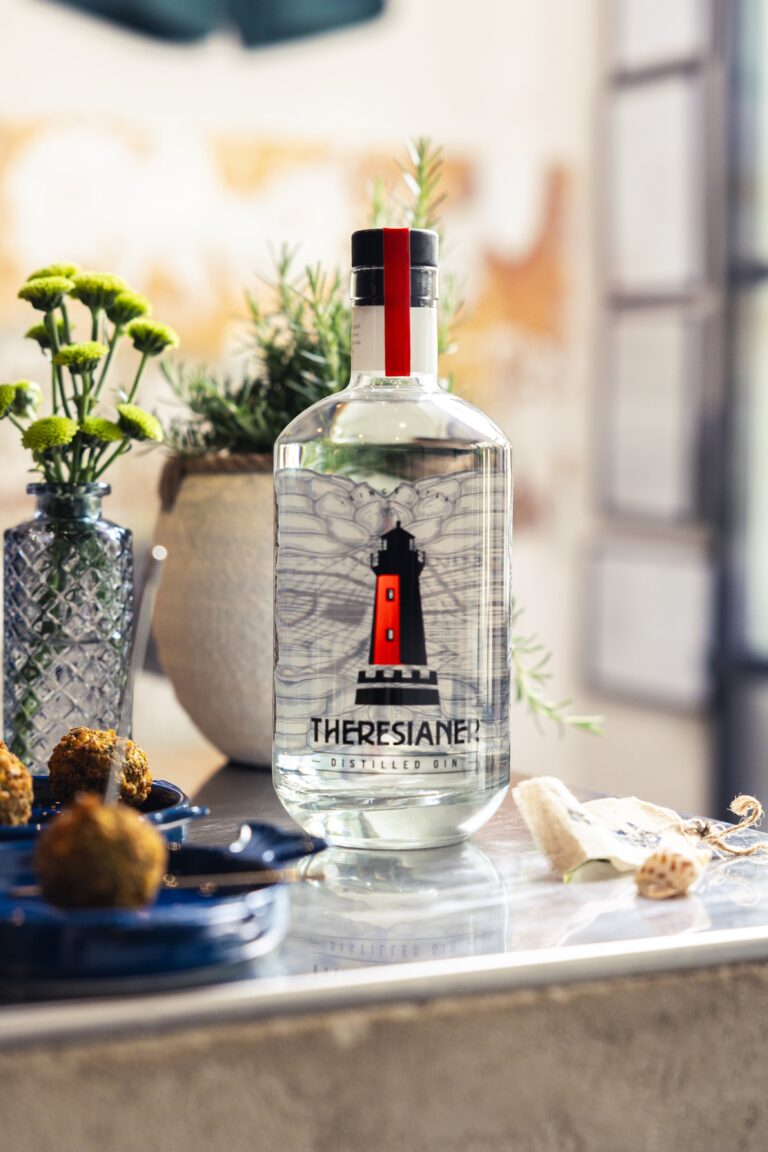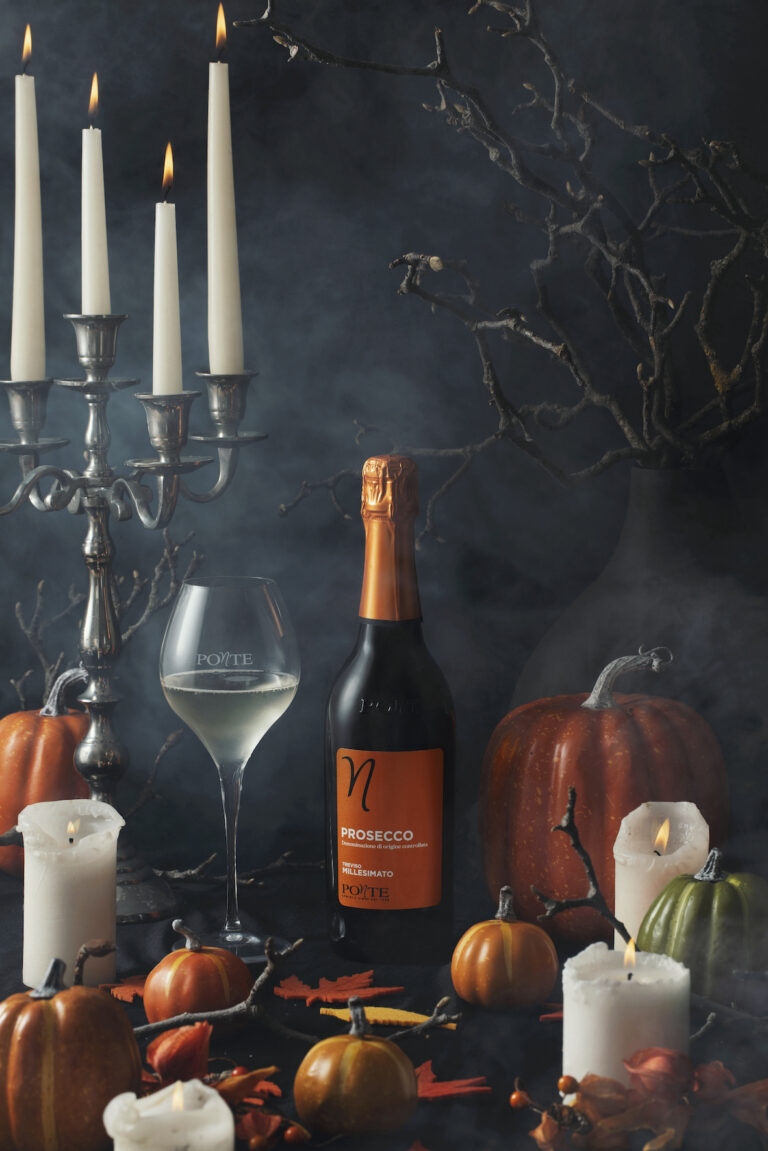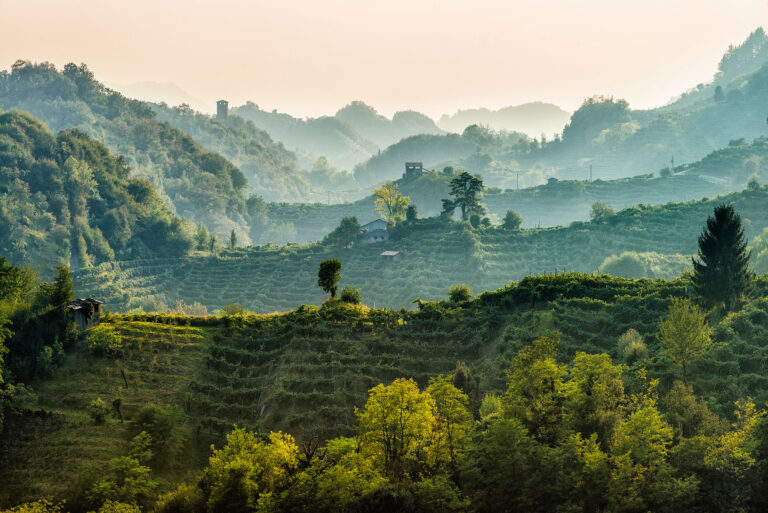From the historic centre of Treviso, enclosed in its interesting 16th-century defensive system, we follow the course of the River Sile and cross Quinto di Treviso, once an important milling post, to the Mulino Cervara Nature Oasis, the first stop on our tour. A vast marshland area of 25 hectares crossed by a nature and cultural path equipped by the Natural Park of the Sile River.

Resuming our journey, we follow an extremely evocative itinerary that unravels among clearings and poplar groves and reach Morgano and from here Badoere, where we admire an original rotunda consisting of two porticoed hemicycles used as a permanent market for the exchange and sale of agricultural products and a centre for craft services.
Continuing along the route we reach Levada, a hamlet of Piombino Dese, where stands Villa Marcello, an ancient building of 16th-century origin, rebuilt in the 18th century. It is one of the best preserved examples of a Veneto villa, a symbol of a revival of Palladian art.
The itinerary continues north again. In autumn, expanses of radicchio colour the fields and vegetable gardens as far as Fanzolo, where the Villa Emo, a UNESCO World Heritage Site, stands. Andrea Palladio built this grandiose complex in 1560, admirably blending the aristocratic manor house with the barchesse and rustic outbuildings.
Continuing westwards, we enter an area of great scenic value: where the road alignments of the ancient Roman centuriazione are still visible, man with agriculture has enlivened the landscape with regular plots enclosed by hedges or vineyards marinated in trees. At Castello di Godego, Villa Priuli and Villa Martini are definitely worth a visit.
The last stop on our journey is Castelfranco, a town with beautiful crenellated walls. The castle that encompasses the original settlement was built from 1195 to 1199 as a military-administrative outpost of the city of Treviso. The walls are a total of 930 metres long and still retain 6 of the 8 original towers. Inside the village, we visit the Casa Pellizzari or Casa del Giorgione and the Duomo, an authentic treasure trove of works of art. In addition to the famous ‘Pala del Giorgione’ altarpiece, the church houses works by Palma il Giovane, Paolo Piazza, Giovanni Battista Ponchini and Giuseppe Bernardi known as Torretto and Jacopo da Bassano.
To be authentic, Radicchio Rosso di Treviso PGI must come from the typical area between the provinces of Treviso, Padua and Venice and must be obtained using the traditional technique of forcing and blanching. In appearance, it has the typical lanceolate shape, with regular and compact shoots that tend to close at the apex.




